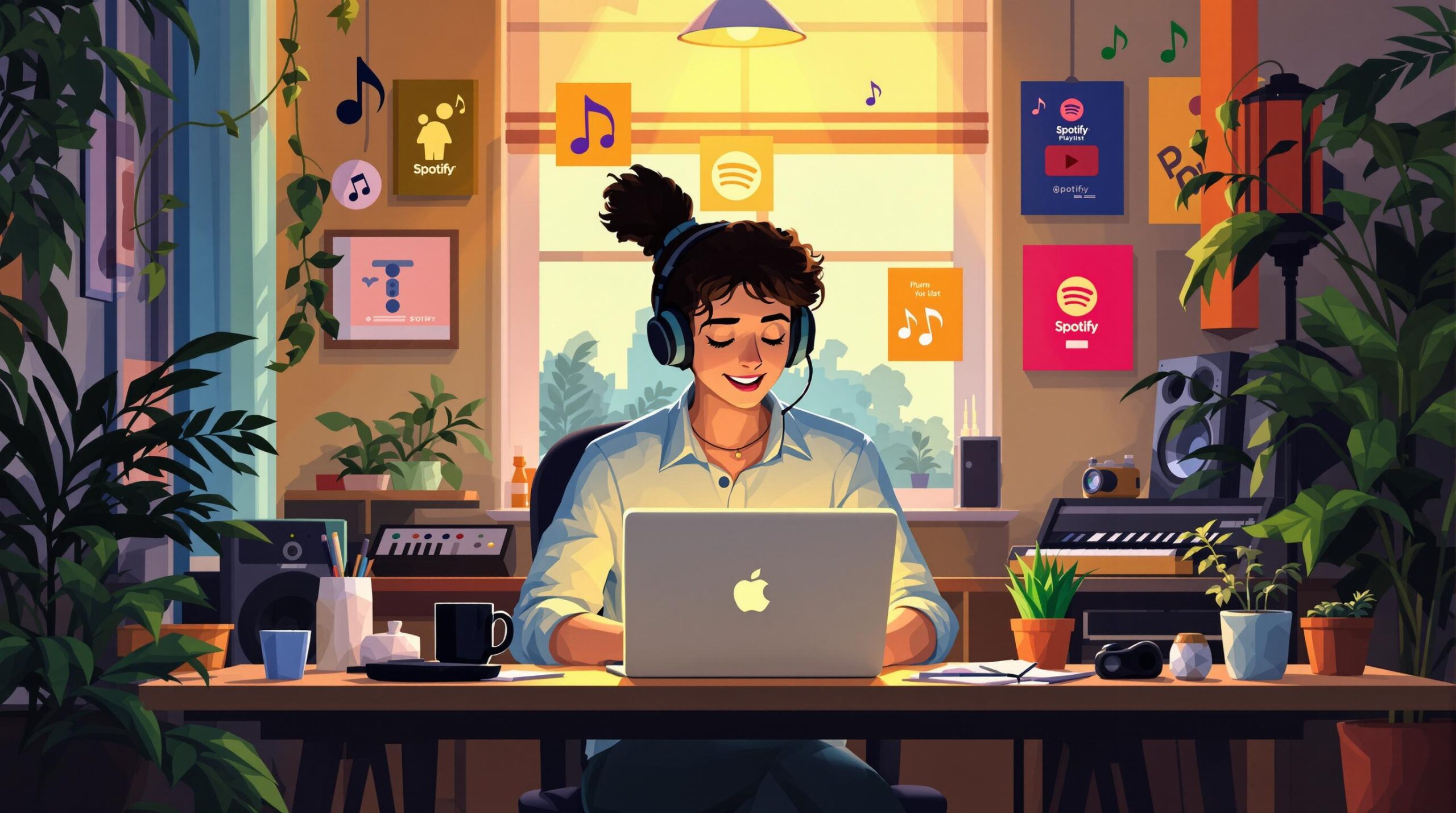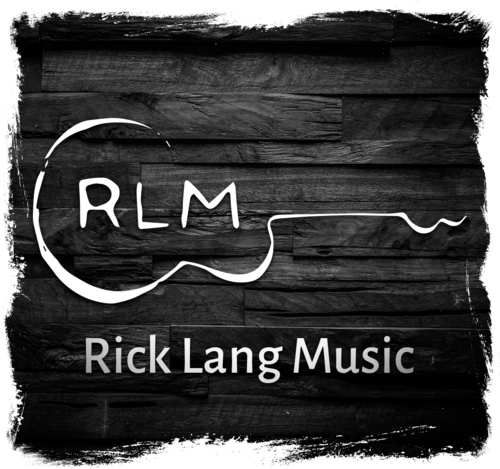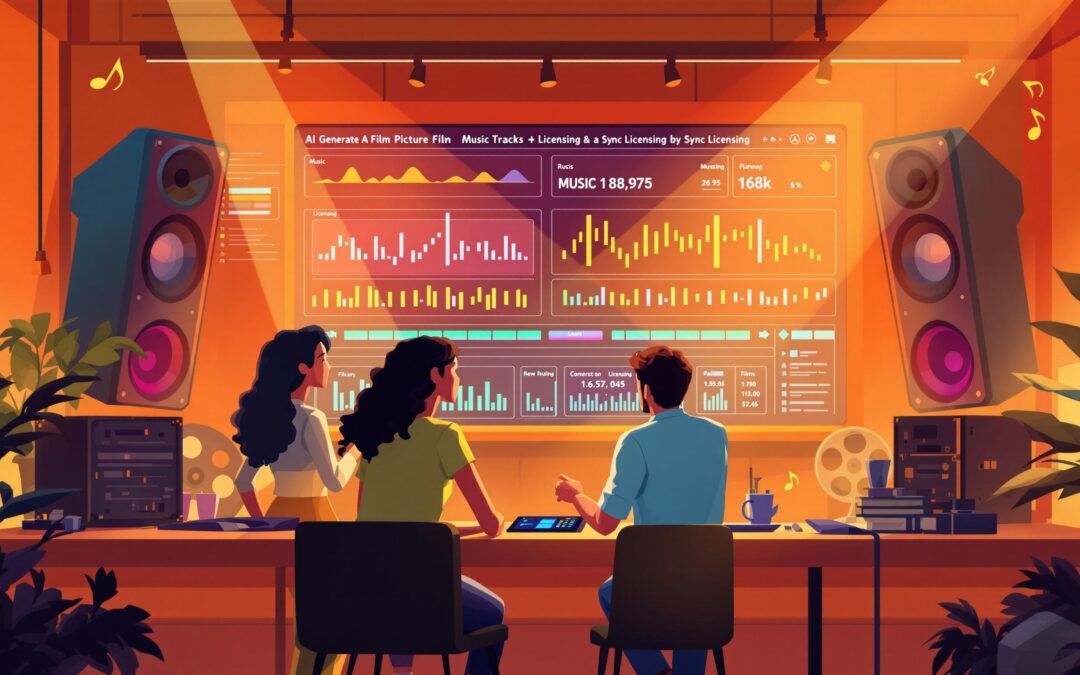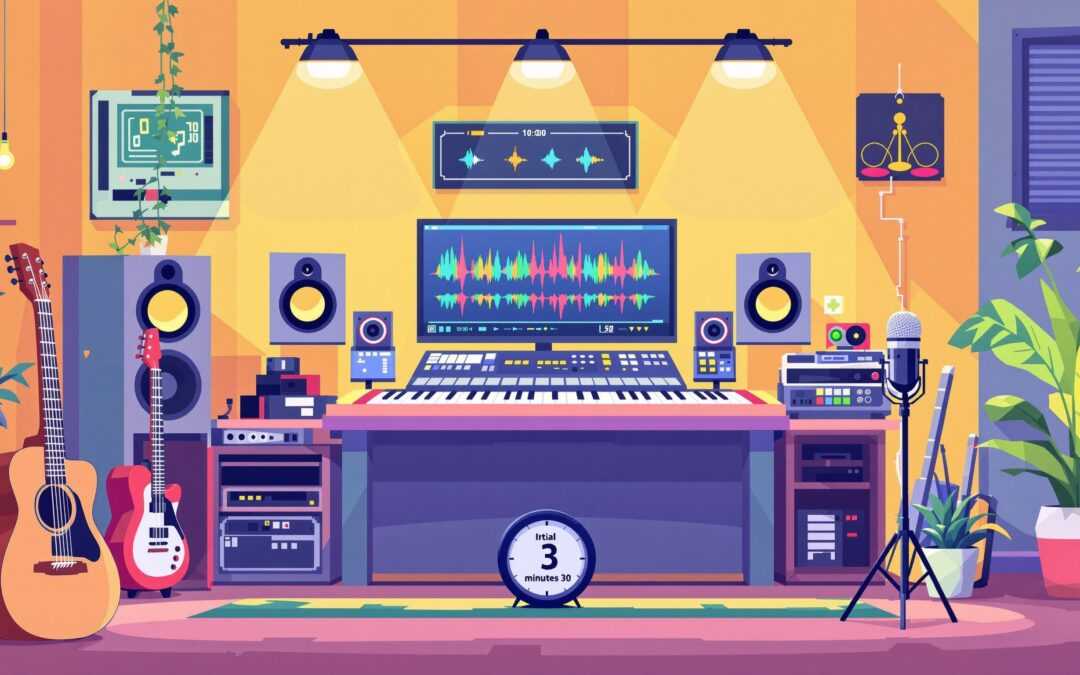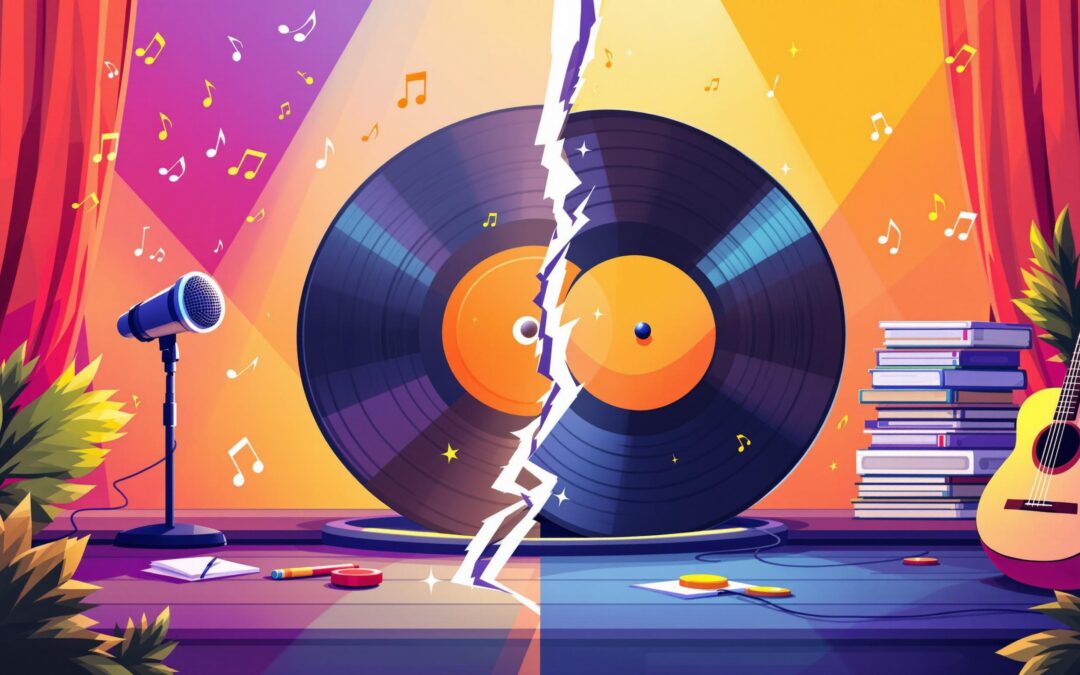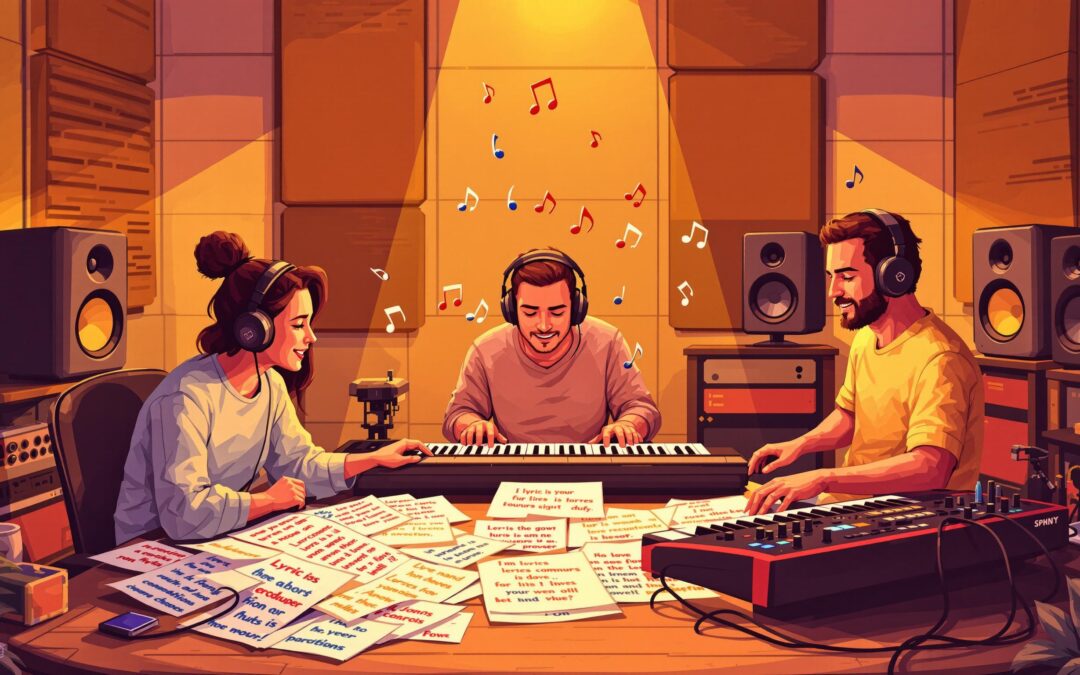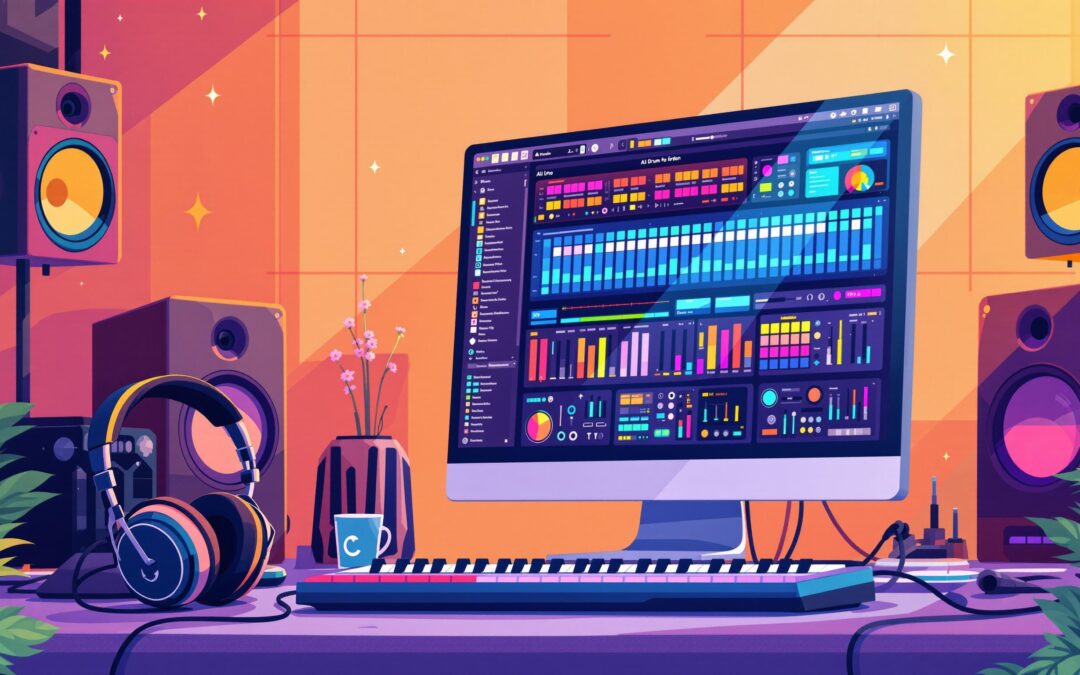Spotify playlists can help independent artists reach new listeners and grow their audience. Here’s how you can increase your chances of getting your music featured:
- Optimize Your Profile: Use a professional photo, write a concise bio, and link your social media accounts.
- Pitch to Editors: Submit your songs through Spotify for Artists with clear, engaging descriptions.
- Find the Right Playlists: Research playlists that match your genre and audience.
- Connect with Curators: Reach out to curators respectfully and build genuine relationships.
- Engage Your Fans: Encourage fans to follow, save, and share your music.
- Collaborate with Artists: Work with others to reach new listeners and improve visibility.
- Plan Releases Strategically: Time your releases to align with trends and promotional plans.
- Track Results: Use Spotify for Artists to monitor playlist performance and adjust your strategy.
- Promote Success: Share playlist placements on social media to boost visibility.
- Stay Consistent: Release music regularly and refine your approach over time.
These steps can help you land playlist spots and grow your presence on Spotify.
How to Submit to Spotify Editorial Playlists (Full Walkthrough)
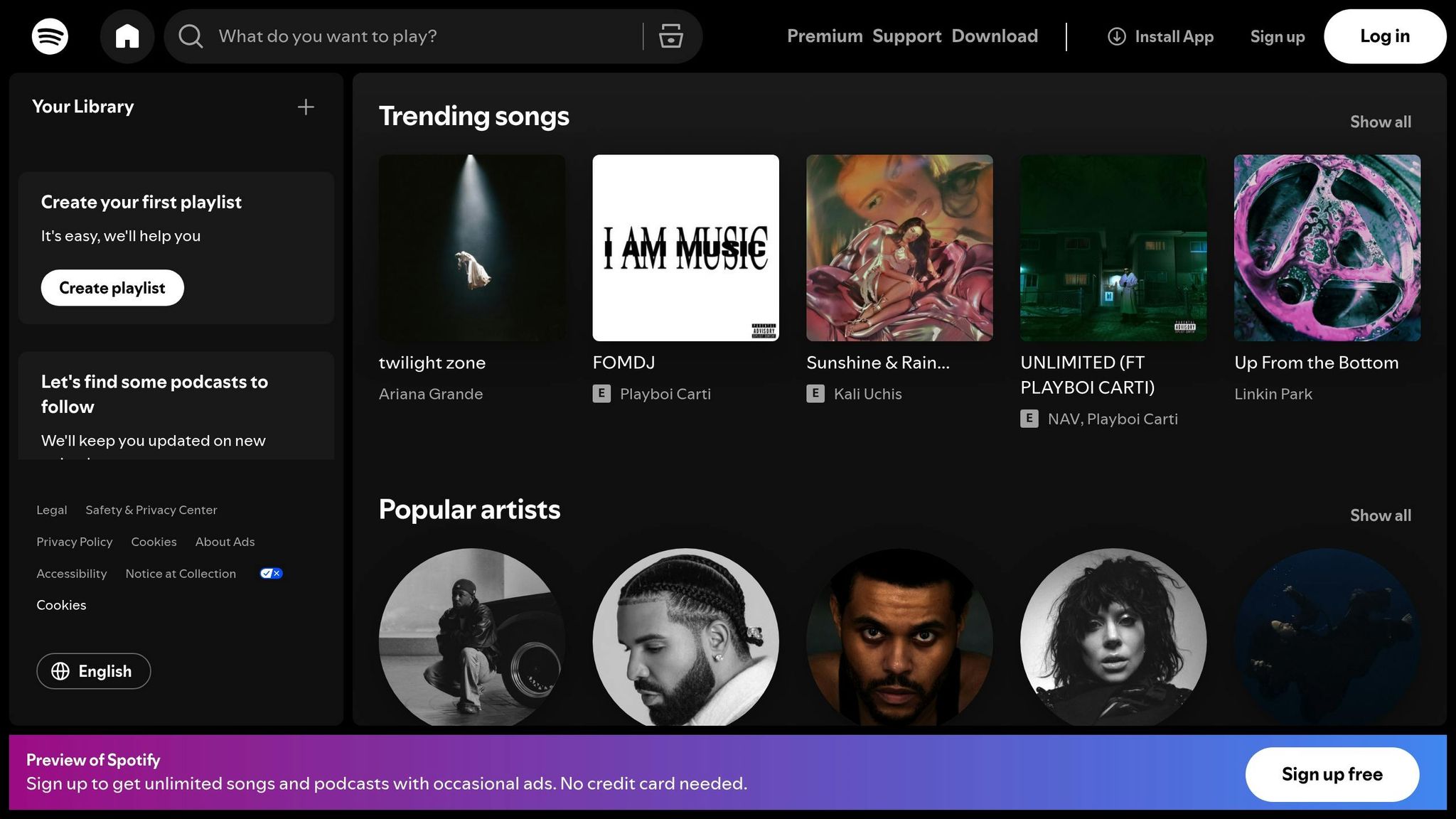
1. Complete Your Spotify Artist Profile
Your Spotify artist profile acts as your online business card for playlist curators. A well-crafted and professional profile can boost your chances of getting featured by showing that you’re serious about your music career.
Start with a high-quality profile photo that represents your brand. Whether it’s a professional headshot or a band photo, make sure the lighting is good, the resolution is clear, and it looks polished. Avoid casual or blurry images that might come across as unprofessional.
Your artist bio should be short but impactful. Share your story, highlight your musical style and influences, mention any key achievements, and include details about recent or upcoming releases. A well-written bio helps curators quickly understand what sets your music apart.
Don’t forget to connect your social media accounts. Link your Instagram, Twitter, Facebook, official website, and YouTube channel to create a cohesive online presence. Keeping your branding consistent across these platforms – like using the same photos and themes – makes it easier for curators to trust and verify your profile.
2. Submit Songs to Spotify Editors
Use Spotify for Artists to pitch your music directly to Spotify’s editorial team. Write a clear and engaging pitch that explains the inspiration behind your track, points out unique production details, and describes the overall vibe. Choose genre tags that best match your music to connect with the right audience. This approach can help increase your chances of being featured on playlists.
3. Find Playlists That Match Your Style
Finding the right playlists is key to connecting with your audience. Start by searching for playlists that feature artists with a similar sound. Use Spotify’s search tool to explore both Spotify-curated and user-created playlists in your genre. Once you have a list, focus on these factors to pinpoint the best options:
- Playlist Size: Mid-sized playlists often have more engaged listeners and less competition than massive ones.
- Engagement: Look at how listeners interact with the featured artists – this can give you an idea of audience interest.
- Update Frequency: Actively managed playlists that refresh regularly offer better chances for exposure.
Here’s how to find playlists that align with your music:
- Research Similar Artists: Check the "Appears On" section of profiles for artists like you. This can reveal playlists that already feature music similar to yours.
- Use Specific Genre Searches: Be detailed in your search terms. Instead of just "indie", try phrases like "indie folk acoustic" or "melodic indie rock" to find playlists that better match your sound.
- Analyze Listener Demographics: If you have access to tools like Spotify for Artists, check the audience data for playlists. Knowing who listens can help you decide if a playlist fits your target audience.
To stay organized, create a spreadsheet. Track important details like playlist name, curator, follower count, update frequency, featured artists, genre focus, and average streams per track. This will make it easier to prioritize and pitch to the right playlists.
4. Connect with Playlist Curators
Once your profile and submissions are in good shape, the next step is reaching out to playlist curators. Approach this process thoughtfully and with respect.
Here’s how to make meaningful connections:
Do Your Homework
Take time to research the curator. Look into their playlist history, their style of curation, and their presence on social media. This helps you tailor your outreach.
Tips for Professional Communication
- Keep your emails short, personal, and to the point.
- Mention specific tracks from their playlist that align with your music.
- Always include a streaming link for easy access.
- Share the basics: artist name, song title, release date, and genre.
Build Genuine Relationships
- Follow curators on social media and engage with their posts.
- Share their playlists, especially when your music is featured.
- Keep them in the loop about your upcoming releases.
- Show gratitude when they add your tracks.
What to Avoid
- Sending mass messages with generic templates.
- Offering money for playlist placements.
- Sending unsolicited music files.
- Being pushy or setting strict deadlines.
Focus on curators who actively update their playlists and have an engaged audience. When you reach out, show that you’ve taken the time to understand their style and value their work.
Here’s an example of a thoughtful message:
"Hi [Curator Name], I’ve been following your [Playlist Name] for a while and really enjoyed your recent addition of [Specific Song] by [Artist]. My new track [Song Name] has a similar vibe, and I think it could be a great fit. Would you be open to giving it a listen? Here’s the Spotify link: [Link]. Thanks so much for your time!"
Keep track of your outreach efforts and follow up after two weeks if you haven’t heard back.
5. Ask Fans to Support Your Music
Getting fans involved sends Spotify a strong message that your music is connecting with listeners. This kind of engagement can help boost your chances of landing on playlists.
Make Your Requests Clear
- Encourage fans to follow your artist profile
- Ask them to add your songs to their playlists
- Suggest they save your tracks to their libraries
- Motivate them to share your music on Instagram Stories
Use Social Media and Perfect Timing
Share Spotify Canvas videos or song clips on Instagram Stories to increase your exposure to playlist curators. Timing matters – a lot. The first 48 hours after your release are critical for generating playlist signals. Consider launching a pre-save campaign ahead of your release, then rally your fans to take action as soon as the track goes live.
Engage Directly with Your Fans
- Build playlists that include tracks your top supporters love
- Share behind-the-scenes content
- Host a listening party on release day
- Feature fans who share your music in your stories as a thank-you
Track and Adjust
Keep an eye on your Spotify for Artists metrics to see how your fans are responding. Building genuine connections with your audience leads to more engagement.
Pro Tip: Create a landing page that pulls all your support links into one place. Include pre-save options, playlist follow links, and sharing tools to make it easy for fans to show their support.
sbb-itb-1c6af30
6. Make Music with Other Artists
Working with other musicians can increase your chances of landing on Spotify playlists. Collaborations help you reach new listeners and make your music more appealing to playlist curators.
Why Collaborations Work
- You can tap into your collaborator’s fanbase and playlist connections.
- Your music gets exposed to playlist curators who already follow your collaborator’s work.
How to Choose the Right Partner
Pick someone whose style and audience align with yours. This makes it more likely that your joint track will match what playlist curators are looking for.
Set Clear Expectations
Decide who will handle what – lyrics, melody, production, or other aspects of the track. Clarity upfront avoids confusion later.
Promote Smartly
Team up for a coordinated social media push to share your track with both audiences. Plan your release schedule together to get the most out of your collaboration.
7. Plan Your Release Schedule
Once you’ve tapped into collaborations, the next step is to map out a well-thought-out release schedule. Timing your releases strategically can improve your chances of landing on Spotify playlists. Consider aligning your music drops with seasonal trends to grab the attention of curators. Start planning early to create a solid promotional plan and build excitement among your audience. A carefully planned schedule not only shows professionalism but also helps your track stay relevant in the crowded streaming world.
8. Track Your Playlist Results
Use Spotify for Artists to monitor how your playlists are performing. Pay attention to metrics like weekly stream counts to figure out which playlists are actually boosting your streams. This data can help you adjust your strategy and focus on the placements that work best for you.
Consider using a spreadsheet to log playlist names and weekly stream numbers. Over time, this will help you spot trends and refine your targeting efforts. Tracking isn’t just about the numbers – it shows how playlist placements impact listener engagement. By staying consistent with your tracking, you can improve both your current approach and your long-term release plans.
9. Share Your Playlist Success
Once you’ve landed a spot on a playlist, spread the word across your social media channels. Create eye-catching visuals for Instagram Stories, Reels, and TikTok videos. Use snippets of your playlisted song as background music while showcasing the placement to draw more listeners to your music.
Tag the playlist curators and Spotify’s official accounts when posting to show gratitude and possibly open doors for future features. Instead of just asking for streams, make your posts meaningful – share behind-the-scenes stories about the song or why the playlist feature matters to you.
Time your posts strategically by checking when your followers are most active using social media analytics. When fans comment or share your posts, respond quickly to keep the buzz alive. This kind of interaction helps grow your listener base and keeps your audience engaged.
Celebrate every milestone in your playlist journey. Whether you hit a streaming goal or get added to another playlist, share these wins with your audience. These updates not only highlight your progress but also attract new listeners to your music.
Promoting your playlist success regularly builds trust with fans and curators alike, paving the way for more opportunities and growth on the platform.
10. Keep Working at It
Building playlist success takes time and effort. Consistency, regular releases, and steady improvement are key to achieving lasting growth. Focus on crafting great music while following proven strategies.
Refine Your Songwriting
Before submitting your tracks, take a close look at your lyrics, arrangements, and production quality. Try using songwriting prompts or freewriting exercises to spark new ideas for your next release.
Learn from Feedback
If your songs don’t make it onto playlists right away, use feedback as a tool for growth. Pay attention to what listeners love and where there’s room for improvement. Stay true to your style, but don’t shy away from making changes that could strengthen your music.
Collaborate with Others
Strengthen your creative network by co-writing with other artists. These collaborations not only enhance your visibility on Spotify but also create opportunities for meaningful artistic partnerships.
Stay Active with Releases
Keep your profile alive by releasing music regularly. A steady flow of new tracks shows your commitment and helps you stay relevant as you work toward playlist success.
Every small step adds up. Stick with these strategies, and you’ll be on your way to building a strong, lasting presence on Spotify.
Wrapping It Up
Getting your music featured on Spotify playlists takes consistent effort and smart planning. By following these tips, you can boost your chances of landing playlist spots and expanding your audience.
Prioritize Quality and Planning
To create music that fits playlists, you need both artistic talent and technical skill. From polishing your artist profile to connecting with playlist curators, every step matters. Success comes from combining good production, well-timed releases, and effective networking.
Strengthen Connections
The music world runs on relationships. Whether you’re teaming up with other artists or reaching out to curators, genuine connections can open doors. Building strong relationships can lead to more playlist opportunities down the line.
Analyze and Adjust
Keep an eye on your streaming data and fine-tune your strategy as needed. These insights can help you improve your release timing and promotional efforts for better results.
Stay Ahead of the Curve
The streaming world is always changing, so staying informed is key. Learn about new practices for playlist placement and keep refining your approach. Resources like Write.Record.Release. offer helpful tips on topics like song optimization and co-writing.
Start Today
These tips are your roadmap to a solid Spotify strategy. Begin by completing your artist profile and work your way through the steps. Building a presence on Spotify is a long game, but steady effort will pay off over time.
